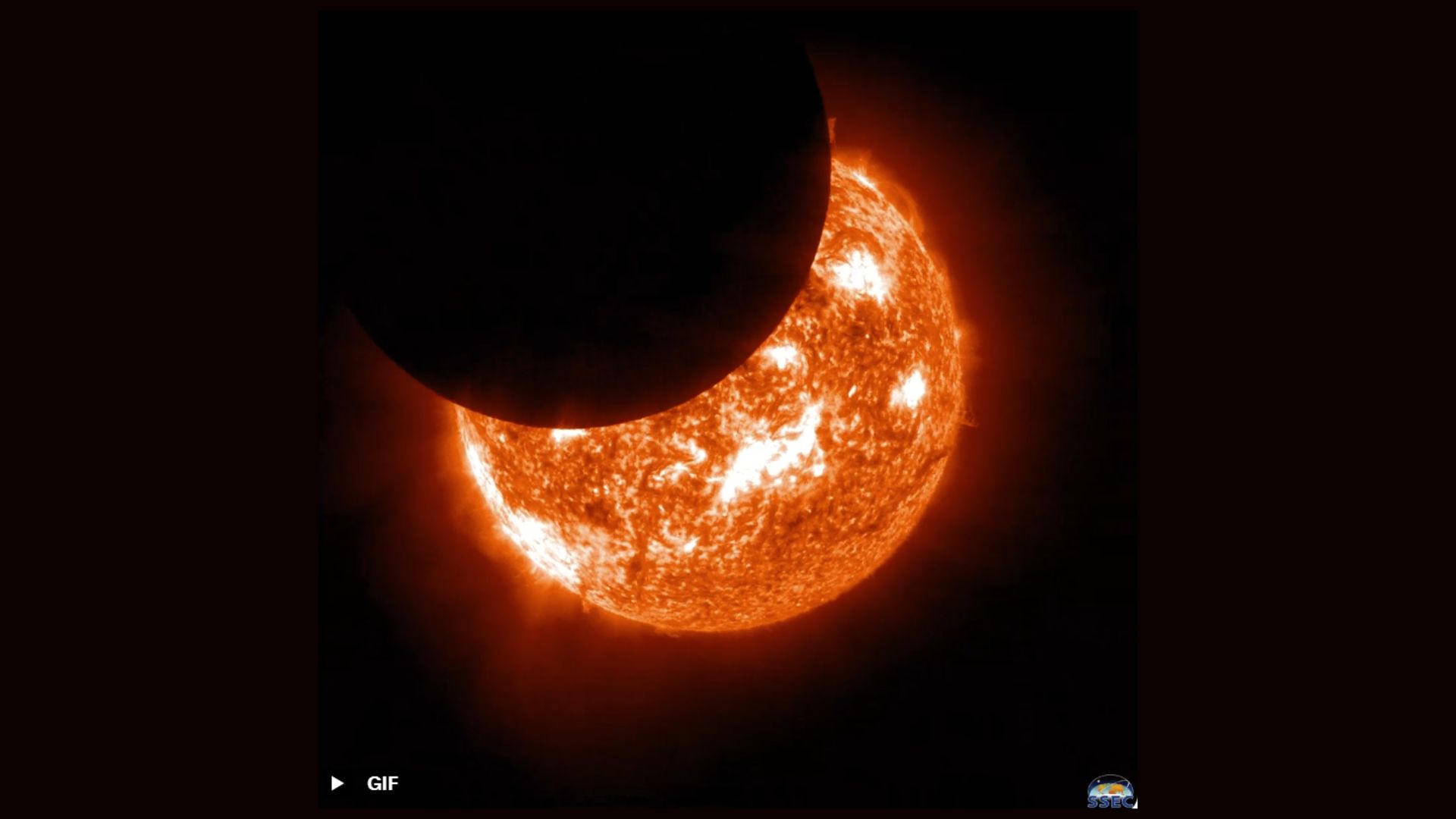NOAA’s GOES-19 satellite recently delivered a breathtaking view of September’s partial solar eclipse. While many skywatchers on Earth eagerly observed the celestial event, GOES-19 offered a unique perspective from orbit, showcasing the moon’s shadow as it crossed the face of the sun. This incredible image marks yet another achievement for NOAA’s fleet of weather and environmental satellites.

Unmatched Views From Space
GOES-19 is well known for its detailed monitoring of Earth’s atmosphere and weather patterns. During the eclipse, the satellite’s instruments captured the dramatic moment when the moon partially blocked sunlight, casting a distinct shadow over the planet. These high-resolution images help scientists study solar events and their effects on Earth’s climate.
Why Satellite Images Matter
Satellites like GOES-19 do more than just photograph rare events. Their continuous monitoring supports weather forecasting, climate research, and disaster response. By capturing phenomena like solar eclipses, they provide critical data and captivating images for both scientists and the public.
Sources:
Read the full story on Space.com